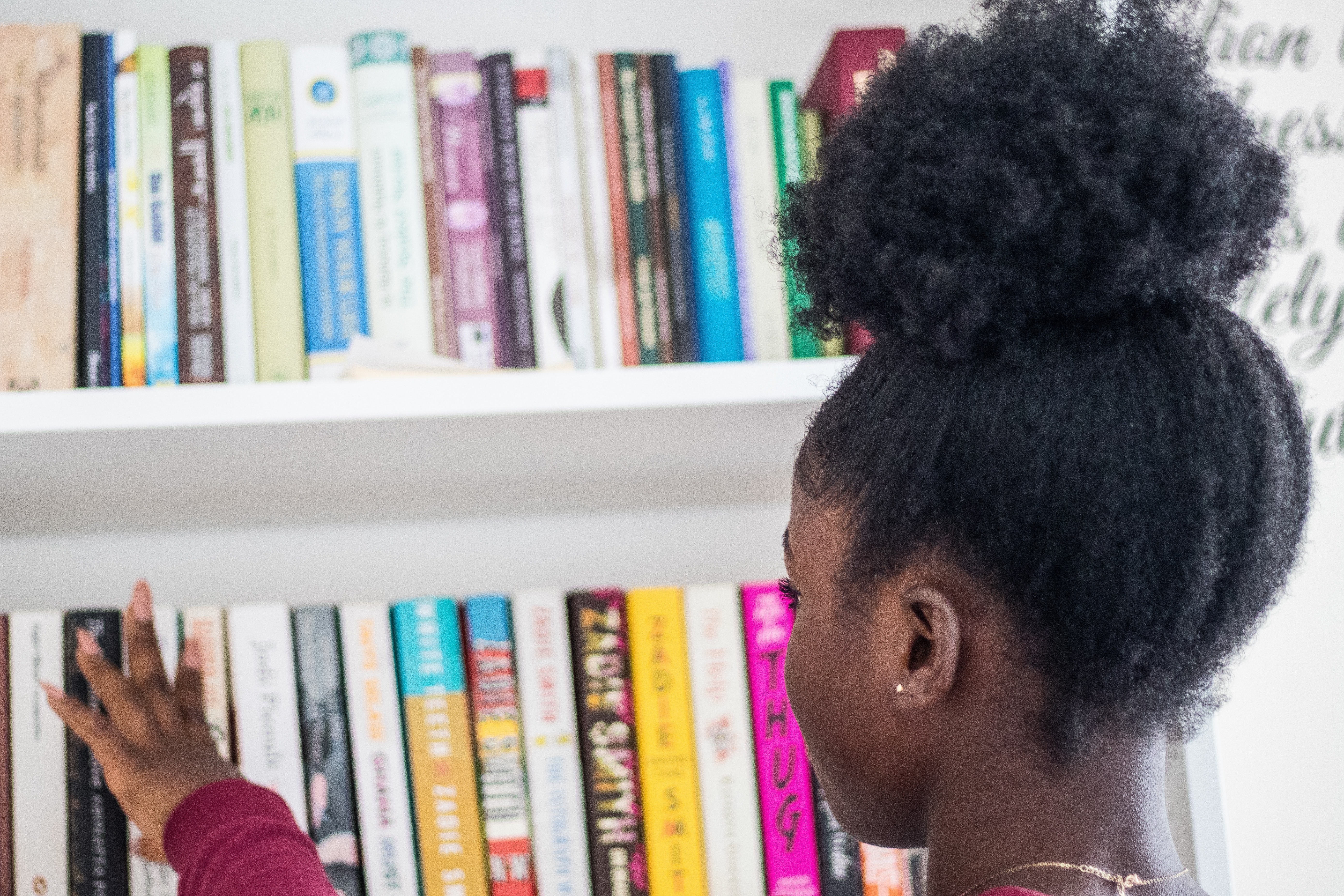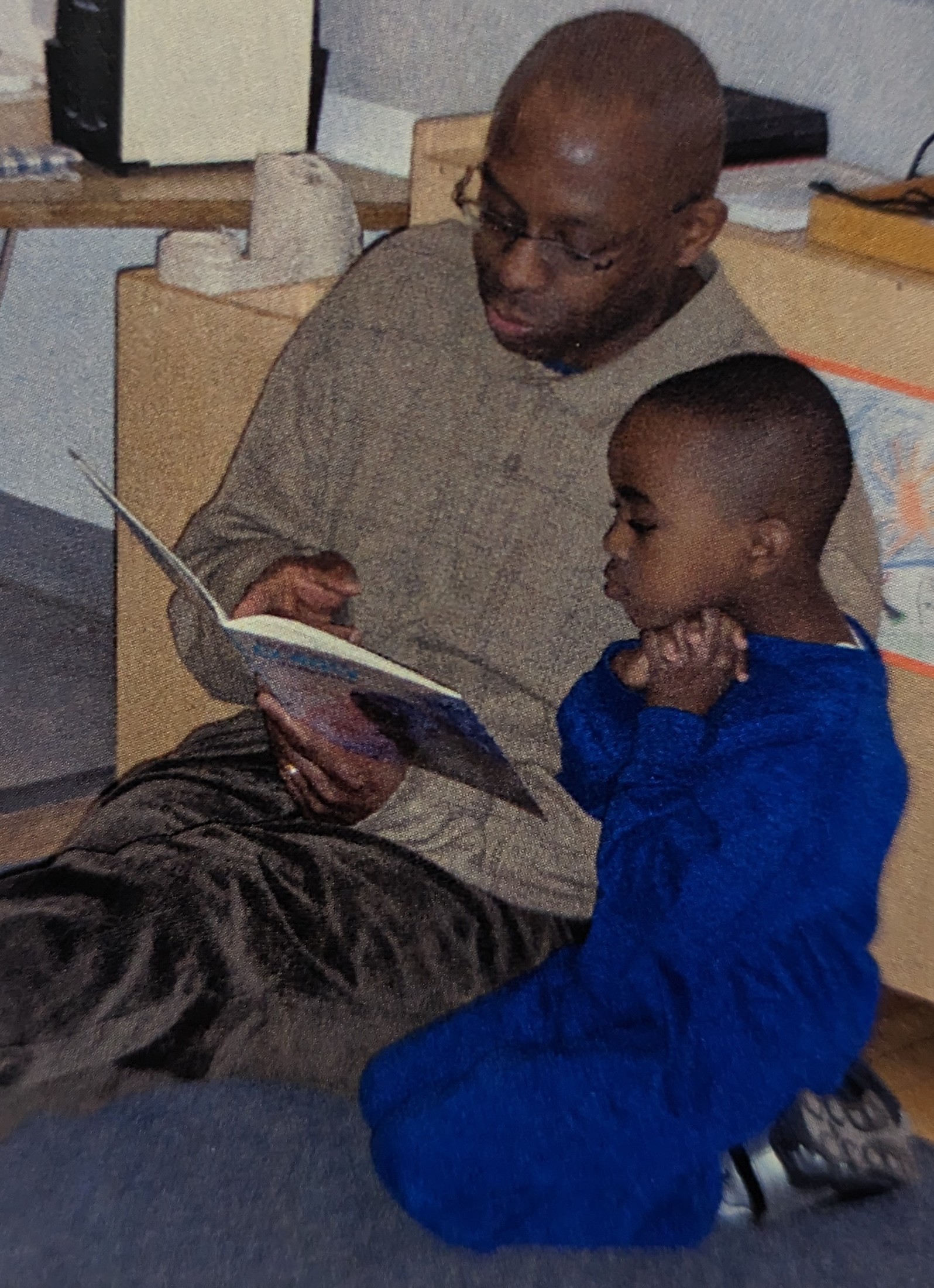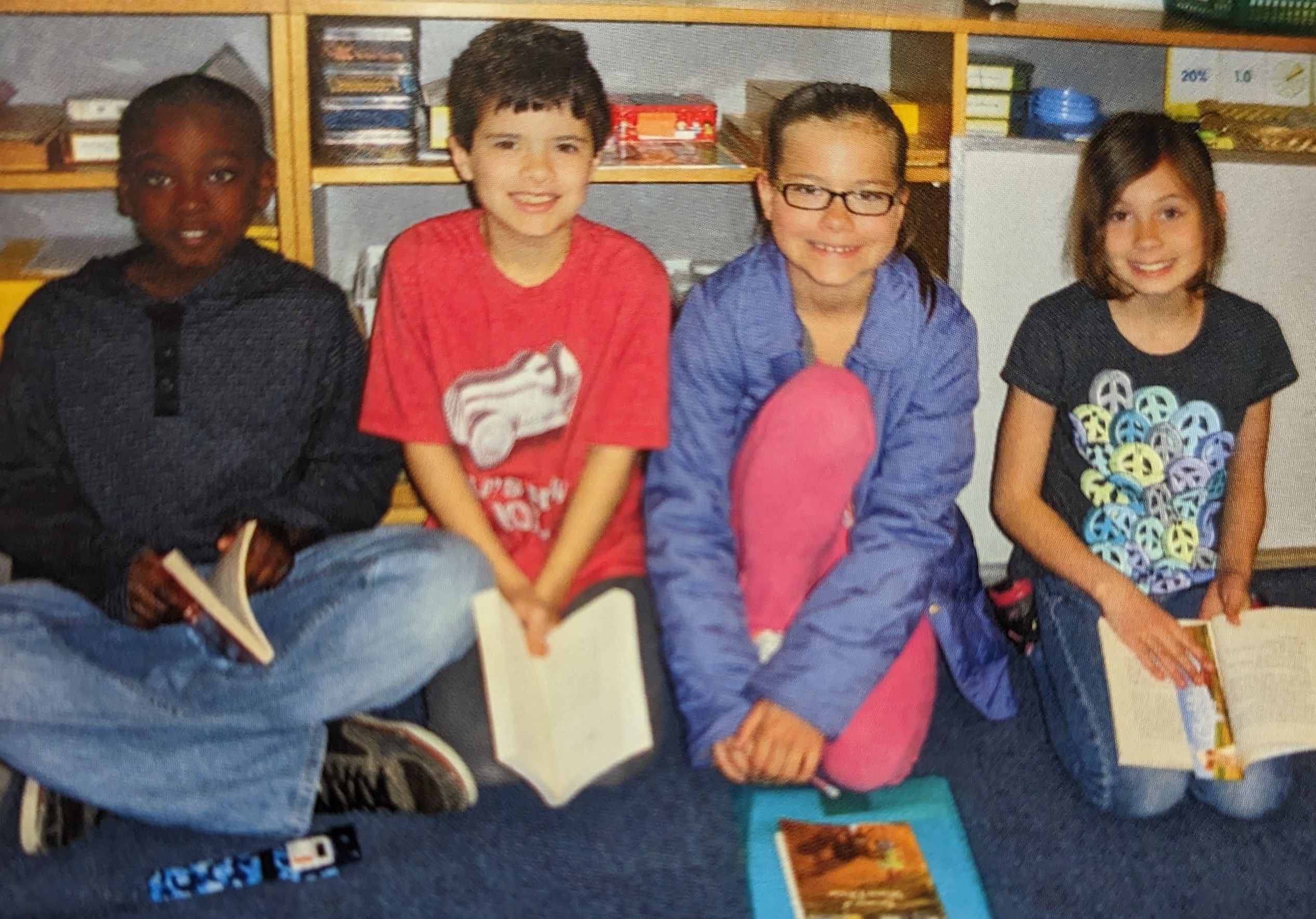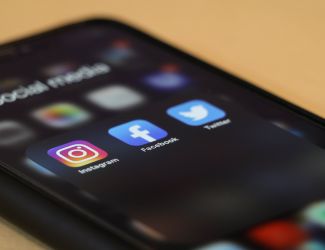When I was a child, I loved television. My consumption of what was on the screen was part of my daily routine. However, as I got older, I became aware of a glaring issue: there weren’t many characters who looked like me.
For the most part, they were all white. I started to cling to whatever Black or darker-skinned characters I could find. I’d even cling to Black contestants on shows like American Idol just to root for someone like me on the screen.
But should a child have to intentionally seek out people and characters to watch just to feel included?
Representation in media
Of course, this isn’t only an issue for Black children. People of every color struggle to see themselves represented on screen. A 2021 report from Common Sense titled “Why Media Representation Matters for Kids’ Ethnic-Racial Development,” shows Latinos only appear in 5% of speaking roles in TV and film while making up 18% of the U.S. population. Characters of color are more likely to be depicted as violent and women are more likely to be sexualized in shows watched by kids ages 2-13.

When representation is scarce, the forms it takes are even more important. About 57% of parents in that same study expressed the importance of children seeing their own race in books, TV, and movies, and 70% want to see their cultures represented in those media.
Perhaps the most important percentage here is that 65% of parents expressed that the media has a huge impact on their child’s aspirations.
In a predominantly white preschool, my parents always thought about how I would be treated by my white peers or how I would feel being one of–if not the only–black student in my class.
The day came when I cried to my mom after school. “Nobody is like me,” I told her. Believing her fears finally came true, she asked what I meant. I replied, “Nobody likes dinosaurs as much as me.”
I imagine the relief she felt after hearing my concern. I was fascinated with dinosaurs as a child, doing dinosaur digs, reading books, and watching shows about them. I wanted to be a paleontologist more than anything. However, throughout my entire obsession with dinosaurs I never saw a Black paleontologist.
Eventually, the fire I had for the creatures died. But part of me wonders where I’d be if I had been encouraged by the sight of a Black man digging up prehistoric bones.
Self-esteem suffers

When children see people who look like them in successful careers as doctors, writers, or paleontologists, it’s easier to see themselves in those positions. It gives them confidence. In 2012 Nicole Martins and Kristen Harrison conducted a study titled, “Racial and Gender Differences in the Relationship Between Children’s Television Use and Self-Esteem.” The study was based on TV exposure for elementary-aged kids and showed that Black children and white girls had low self-esteem. However, white boys had higher self-esteem.
When the media fails to represent a diverse group of children there are only so many places a child can go to feel seen.
The books children read have just as much of an impact as TV and movies. It wasn’t until my freshman year of high school that I wasn’t a minority in the classroom. Imagine the awkwardness I felt when we came across the N-word in our reading of “To Kill a Mockingbird.” The awkwardness didn’t fade after watching not only the movie adaptation, but also going to see the play and having to stare at an enormous confederate flag during intermission. I’d never say stories like these aren’t important, but I can say with confidence stories of pain and trauma are not the only stories that represent minority populations.
The realization of representation
Years after my initial viewing of what grew to be my favorite TV show of all time, “Avatar: The Last Airbender,” I realized it had no white characters. This blew my mind.
I saw stories of white characters for so long that I assumed the fair-skinned Japanese and Chinese characters were white. For the first time ever, I saw a world where Indigenous people and people of color existed without having to be saved or justified by a white presence. It was a world so immersed in culture, emotion, and storytelling. It forever changed my life, so I can only imagine what it did for the children whom the show represented.
Now, more underrepresented groups find themselves at the center of mainstream stories. Full Black and Asian casts don’t focus on the pain and trauma they’ve dealt with throughout history. Strong woman characters aren’t seen as objects for men’s use.
One of my biggest goals in life is to create a world as immersive as the world of The Last Airbender. I hope to do it for all the underrepresented Black children who aspire to be great, and for me, that Black child who begged to see himself in the pages and on the screen.







Great read, keep up your excellent writing.